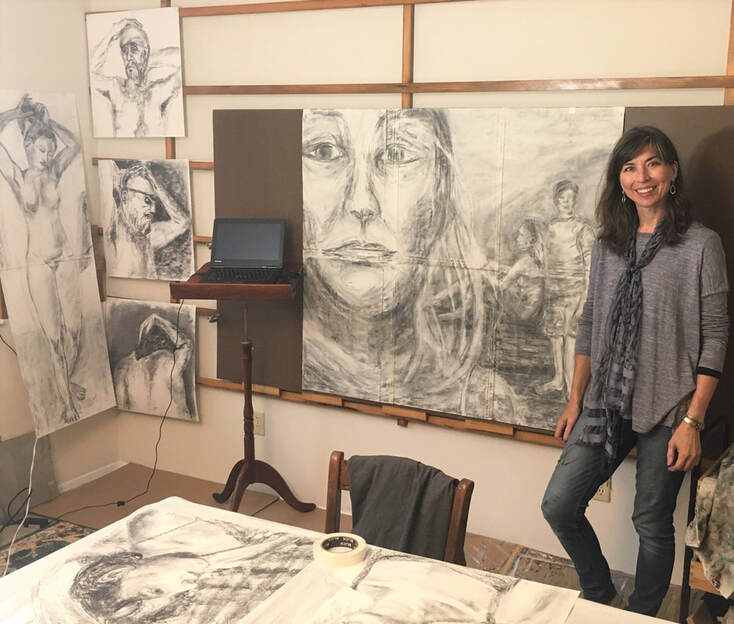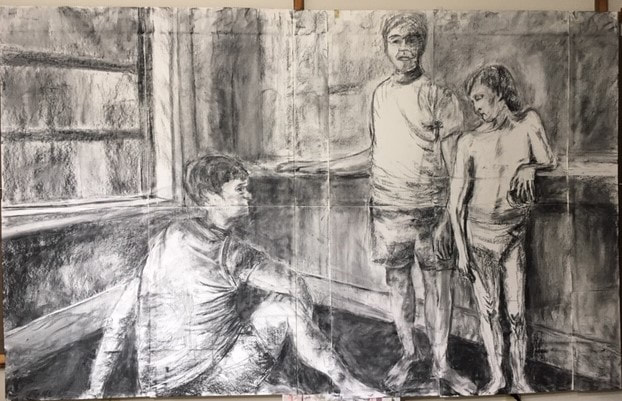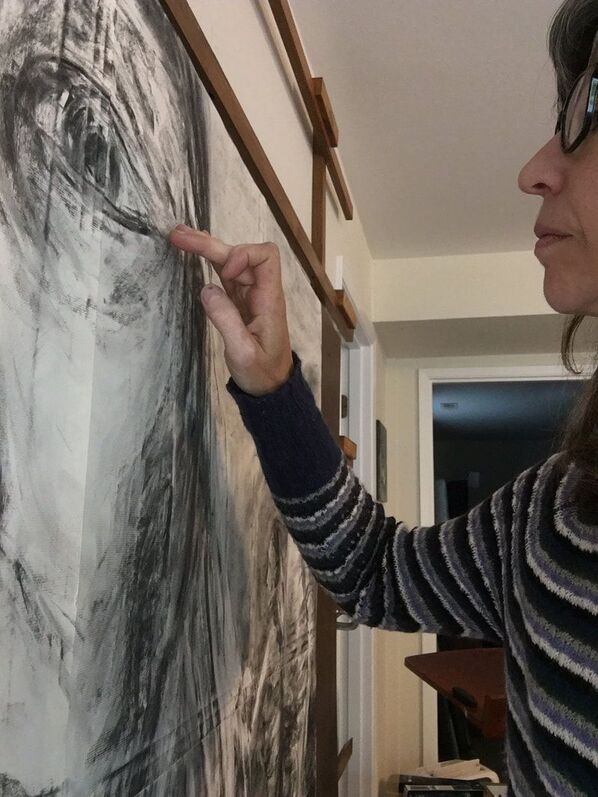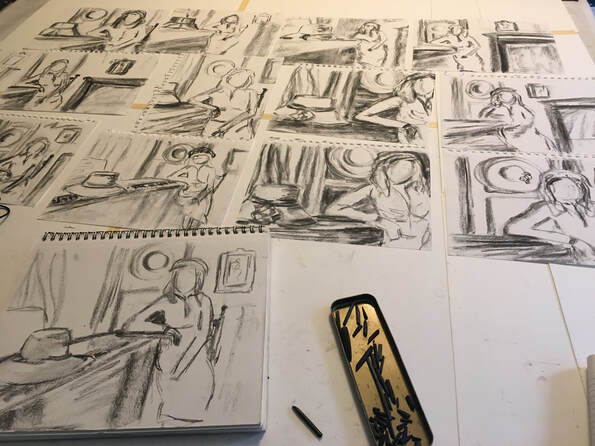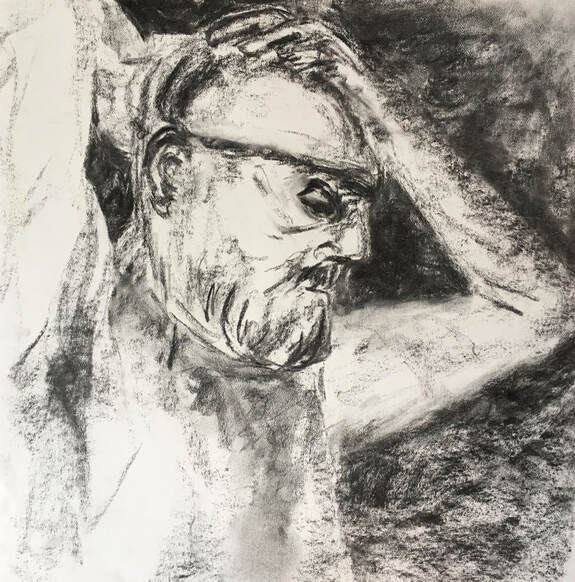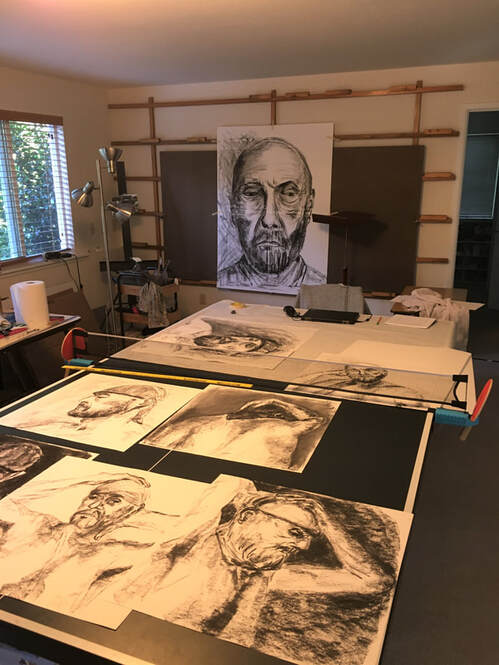I first heard about the New York Studio School Marathons from a couple of art related podcasts I listen to. Then I saw a promo on Instagram for the Virtual Marathons. Could a West Coast artist with kids at home participate in a New York Studio School Marathon? I had been looking for something to sharpen my skills, broaden my artistic vision, and frankly, get me working. This virtual option was an opportunity I wanted to seize and finally did. I signed up for the Virtual Drawing Marathon with Graham Nickson and Guest Instructors Fran O’Neill, Charity Baker, and Sam Levy.
I expected that I would be challenged and that I would be working long and hard. Those expectations ended up being accurate. The sheer volume and tempo of drawing was stimulating and exhilarating — and yes, taxing. I certainly had not ever drawn for so many hours before. After a few days though, the rhythm of the day felt normal and good, increasing what I had previously considered my limits. Using a beautiful variety of live models in their home environments via Zoom, we drew portraits and figures with charcoal on paper. We drew; we drew and dusted down our drawings; we revised our plans and drew some more.
We changed a drawing of one model into a different one the next day, and into yet another the next, and so on, doing away with preciousness of the drawing and embracing re-visioning and developing what would make a stronger drawing. We drew transcriptions of figures from Cézanne, Picasso, Rembrandt… combining them with model drawings, working on relationships and synthesis. We scaled up, drawing as large as our wall space allowed. Yet again, I outgrew my perceived limitations. Teaching cohort Fran O’Neill, Charity Baker, and Sam Levy provided one-on-one sessions occasionally for each artist, giving helpful explanation, focus, or individualized direction. They did an excellent job of making the virtual mechanics of the marathon work extremely well.
Perhaps my most valued growth came through the group critique sessions. Likeness and proportion were rarely mentioned. Instead, the critiques focused on bigger meaningful concepts such as pathways, environments, relationships, intervals, geometry, pressure, weight, air … Graham Nickson graciously encouraged and nudged each artist, expanding each one of us with his perceptive eye and his passion for line, form, and space and all that can be expressed through the language of drawing. My eyes were guided to see and appreciate differently.
Graham also spoke of meaning, metaphor, mystery, and imagination, comparing negative space to black holes and the substance of space. What holds everything together? How does one create negative space from the inside out? These conversations sometimes left me wanting more explanation, more tangibility. But the struggle to figure it out was mostly left to us as, upon reflection, I think it should be — part of the lifelong process of the artist.
Proudly powered by Weebly
